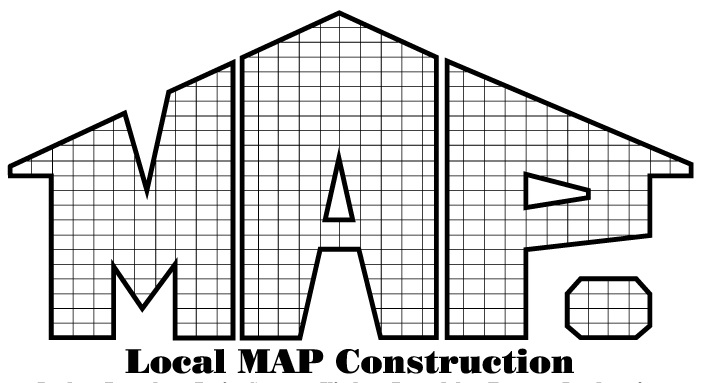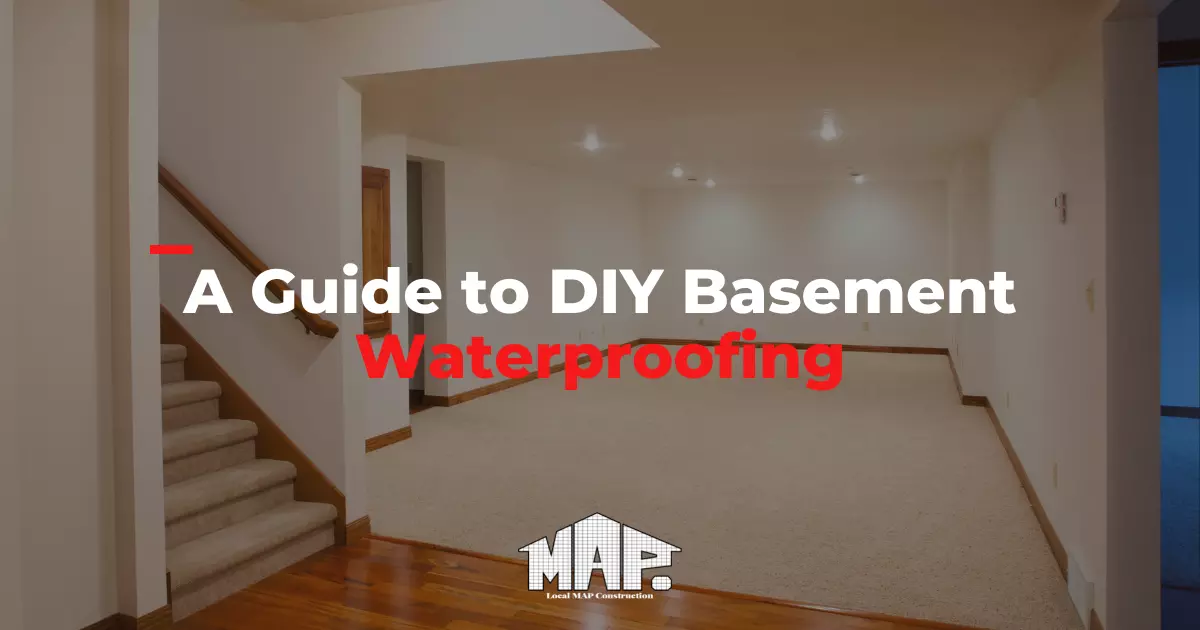
Finished Basements are a valuable addition to any home. They provide additional living space and storage and can even increase the overall value of your property. However, basements are also vulnerable to water damage, which can cause various problems, including mold, mildew, and structural damage. That’s where DIY basement waterproofing comes in. Homeowners can protect their homes and prevent a wet basement by using a basement waterproofing system.
Table of Contents
ToggleOne of the main benefits of DIY basement waterproofing is that it is an affordable way to protect your basement from water damage. Basement waterproofing systems are designed to seal basement walls and prevent water from seeping in. This can be especially important if you have poured concrete walls, which are susceptible to water damage if improperly sealed.
In addition to preventing water damage, a waterproofed basement can also help increase your home’s overall value. A dry, clean basement can be a selling point for potential buyers and can be used as an additional living space.
Identify the Problem: Signs of a Wet Basement
The key to preventing basement flooding is identifying the problem before it becomes too severe. Let’s discuss the signs of a wet basement and how to avoid it.
Sump Pump Failure
A sump pump is a device that pumps water out of your basement and away from your home. It is essential in preventing basement flooding. If your sump pump fails, it can cause water to back up and flood your basement.
Water on the Basement Floor
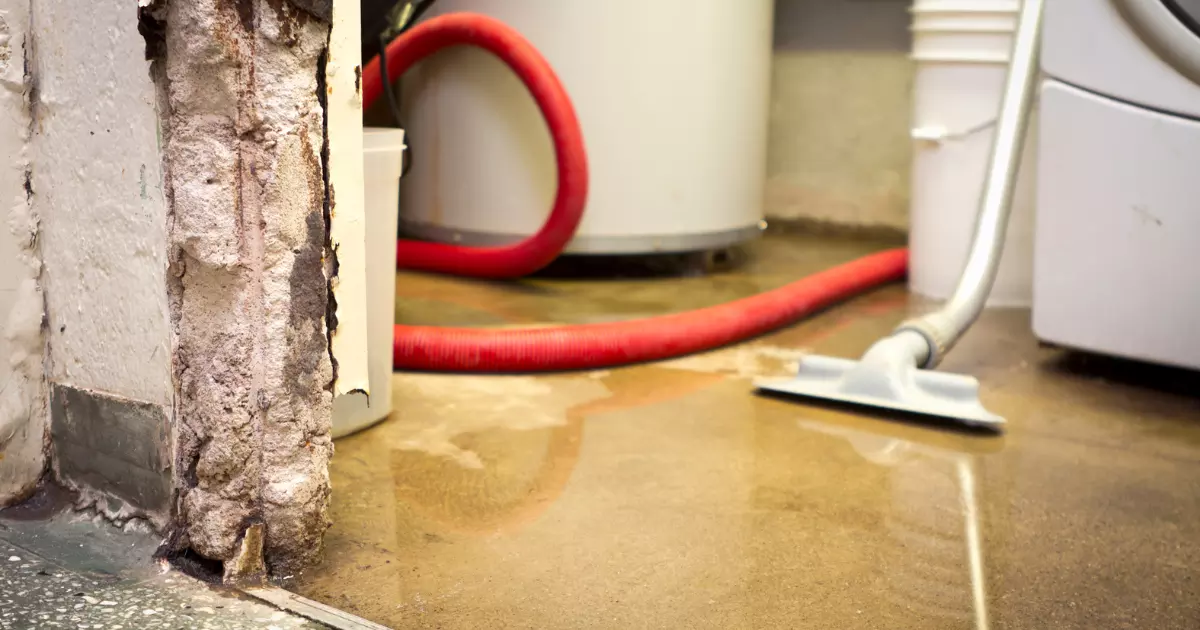
Water on the basement floor is a clear sign of a wet basement. If you notice standing water or dampness on the floor, there is likely a leak in your basement.
Poor Drainage System
A poor drainage system can cause water to pool around your home, leading to a wet basement. Ensure your downspouts are directed away from your home and debris-free gutters.
Hydrostatic Pressure
Hydrostatic pressure occurs when the water table rises, causing water to push against your home’s foundation. This can lead to cracks in the foundation, allowing water to seep into your basement.
Standing Water
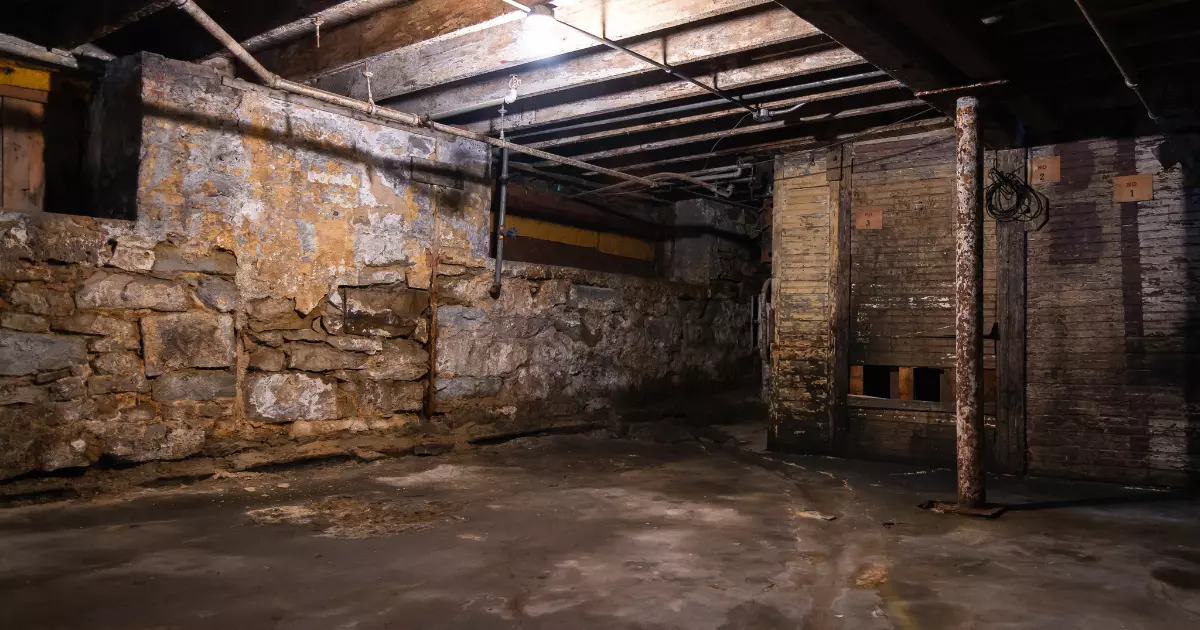
Standing water in your basement can lead to mold, mildew growth, and damage to your home’s structure. If you notice standing water, it is essential to identify the source of the water and address it promptly.
Clogged Gutters
Clogged gutters can cause water to overflow and pool around your home’s foundation. Ensure your gutters are clean and free from debris to prevent this.
High Water Table
A high water table can cause water to seep into your basement. If you live in a high-water table area, consider installing a sump pump or waterproofing your basement to prevent flooding.
By identifying the signs of a wet basement, you can take steps to prevent it from happening. Ensure your sump pump is functioning correctly, your drainage system is working, and your gutters are clean. If you are experiencing a wet basement, contact a professional to address the issue promptly.
Types of Basement Waterproofing System
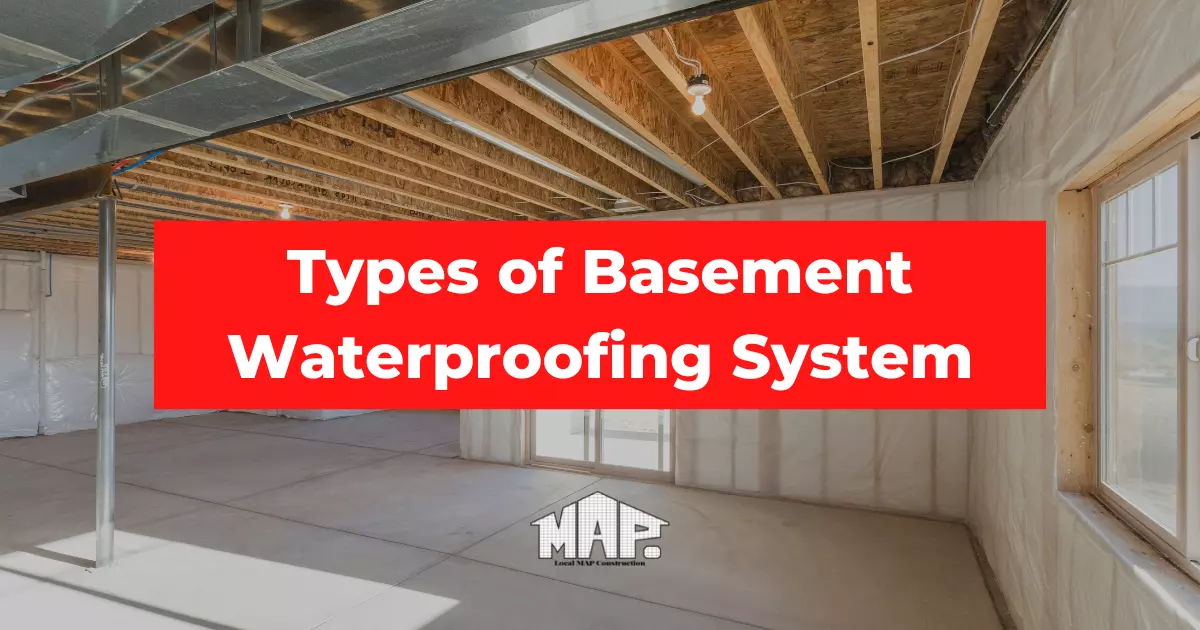
Having a dry basement is essential for many homeowners. Not only can water damage your belongings, but it can also lead to mold and mildew growth, which can be harmful to your health. Therefore, waterproofing your basement is crucial to prevent water from seeping in. Some basement waterproofing systems can help you achieve a dry basement.
- Interior Basement Waterproofing:
This type of system is installed inside the basement and includes methods such as installing a sump pump, applying waterproof coatings, and sealing cracks and joints. It is an effective way to keep water from entering your basement and can be less expensive than exterior waterproofing. - Exterior Basement Waterproofing:
This type of system is installed outside the foundation and involves installing drainage systems, applying waterproof coatings, and sealing the foundation. Exterior waterproofing can be more expensive than interior waterproofing but can provide better protection against water infiltration. - French Drain Systems:
A French drain system is a type of exterior waterproofing that involves installing a trench filled with gravel and a perforated pipe. This system collects water and directs it away from the foundation, preventing it from entering your basement. - Basement Wall Membrane System:
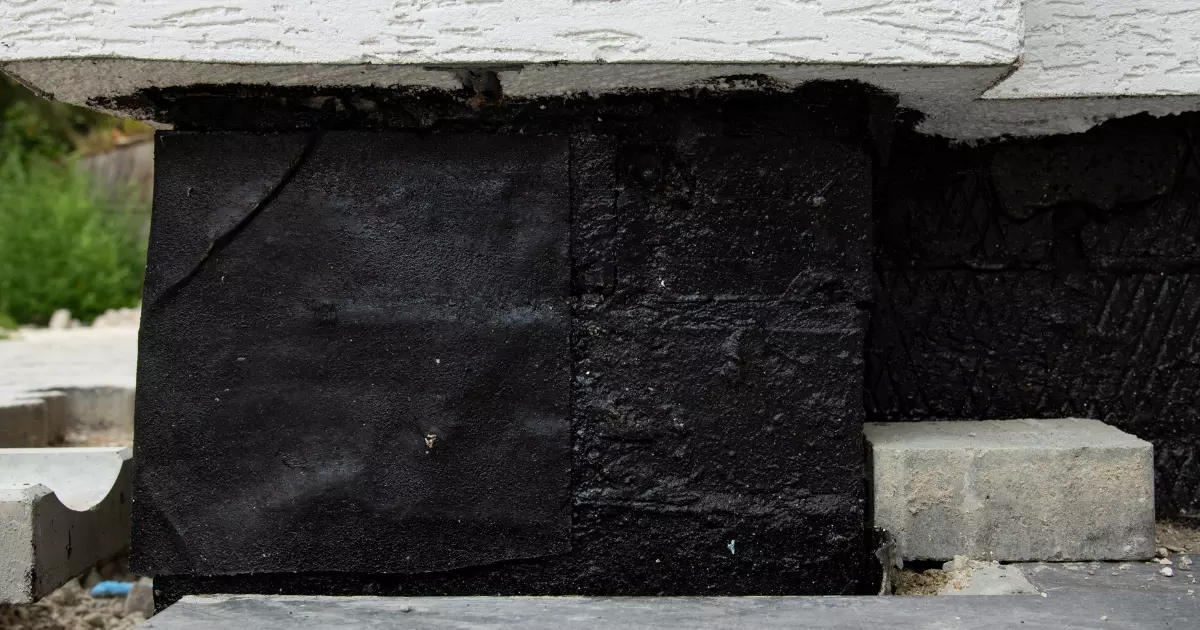
This system involves installing a waterproof membrane on your basement walls to prevent water from penetrating through the walls. This is an excellent solution for homes with porous foundations.
No matter which type of basement waterproofing system you choose, the most important thing is to take action and protect your home from water damage. A dry basement is a healthy and safe living space for you and your family.
DIY Basement Waterproofing
When it’s rainy season, it’s vital to waterproof your basement to prevent water damage. While you can hire professionals to do the job, it’s also possible to do it yourself.
Prepare Your Basement Walls
Clean the walls: Remove any dust, dirt, or debris from the walls with a broom or vacuum. If there’s mold or mildew, use a water and bleach solution to clean it off.
Applying Water Sealant
Next, you’ll need to apply the waterproof coating or sealant. Most do-it-yourself waterproofing products come in a diy kit with everything you need to get started, including some special tools, the coating or sealant, a brush, and instructions. Be sure to read the instructions carefully before beginning.
Apply the waterproof coating or sealant to the area you plan to waterproof using a brush or roller. Be sure to cover all the surfaces thoroughly and evenly, and allow the coating to dry completely before moving on to the next step.
Once the coating is dry, you can use hydraulic cement to fill any cracks or holes in the concrete. This will help stop water from entering your basement through these gaps.
With the hydraulic cement applied, allow it to dry completely before testing the waterproofing. You can test the effectiveness of the waterproofing by spraying water onto the surface and checking for any leaks.
DIY Basement Waterproofing: The Importance of Maintaining Your Waterproofing System
When it comes to your home, there are few things more important than protecting it from water damage. Unfortunately, many homeowners must pay more attention to maintaining their waterproofing systems until it’s too late. Water seepage can cause major damage to your foundation, walls, and floors, not to mention any personal belongings you may have stored in your basement.

That’s why ensuring your basement waterproofing system is up to par is essential. A complete system involves a combination of exterior drainage, interior drainage, sump pumps, and vapor barrier. By addressing all potential points of water entry, you can rest assured that your basement will stay dry and free from mold and mildew.
If you have a finished basement, the stakes are even higher. Not only are you protecting the structure of your house, but you’re also protecting your investment in your living space. Water damage can ruin drywall, flooring, and any furniture or electronics stored in your basement. The cost of repairing or replacing these items can add up quickly.
So, how can you maintain your basement waterproofing system? Here are a few tips:
- Inspect your basement regularly for signs of water seepage, such as damp spots on walls or floors, musty odors, or visible mold.
- Keep your gutters and downspouts clear of debris to prevent water from pooling around your foundation.
- Check your sump pump to ensure it’s in good working order and has a battery backup in case of power outages.
- Make sure your basement windows are properly sealed and caulked.
- Consider installing a dehumidifier to control humidity levels and prevent moisture from building up.
If you are a homeowner in Northern Colorado facing issues with basement waterproofing, choosing a general contractor with experience in this field is crucial. Local Map Construction is the perfect choice for this job. We are a locally owned, reliable general contractor that has served the community for years.
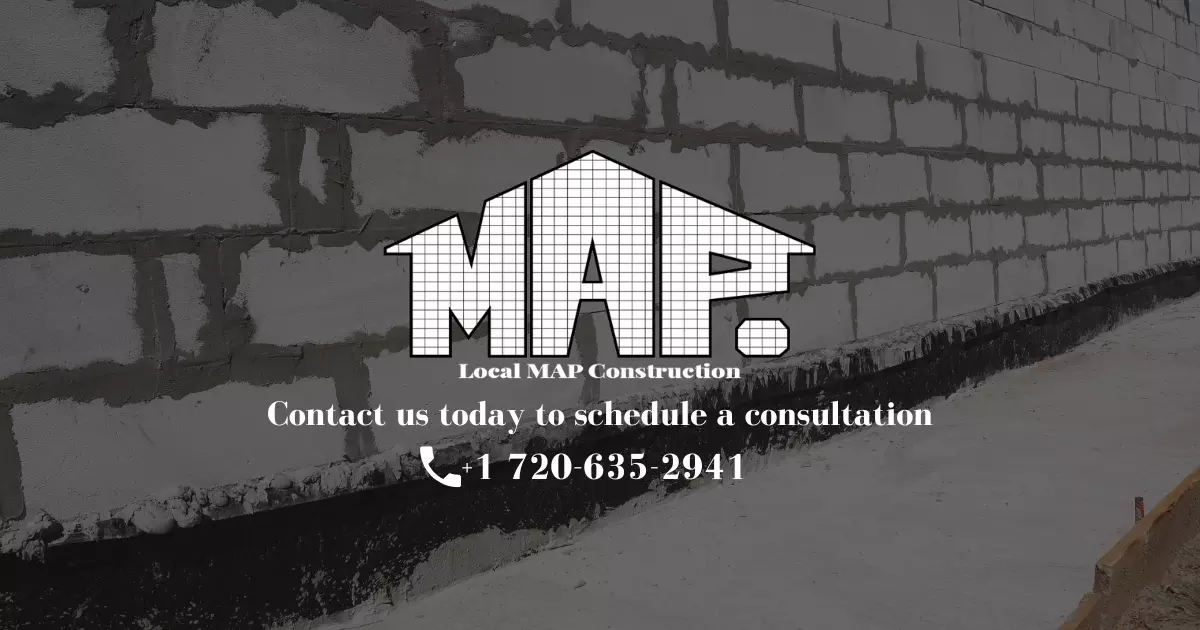
When it comes to basement waterproofing, choosing a contractor who understands the area’s unique challenges is essential. Local Map Construction has extensive experience in basement projects in Northern Colorado, and we know exactly what needs to be done to keep your basement dry. Contact us today to schedule a consultation and take the first step toward a waterproof basement.
